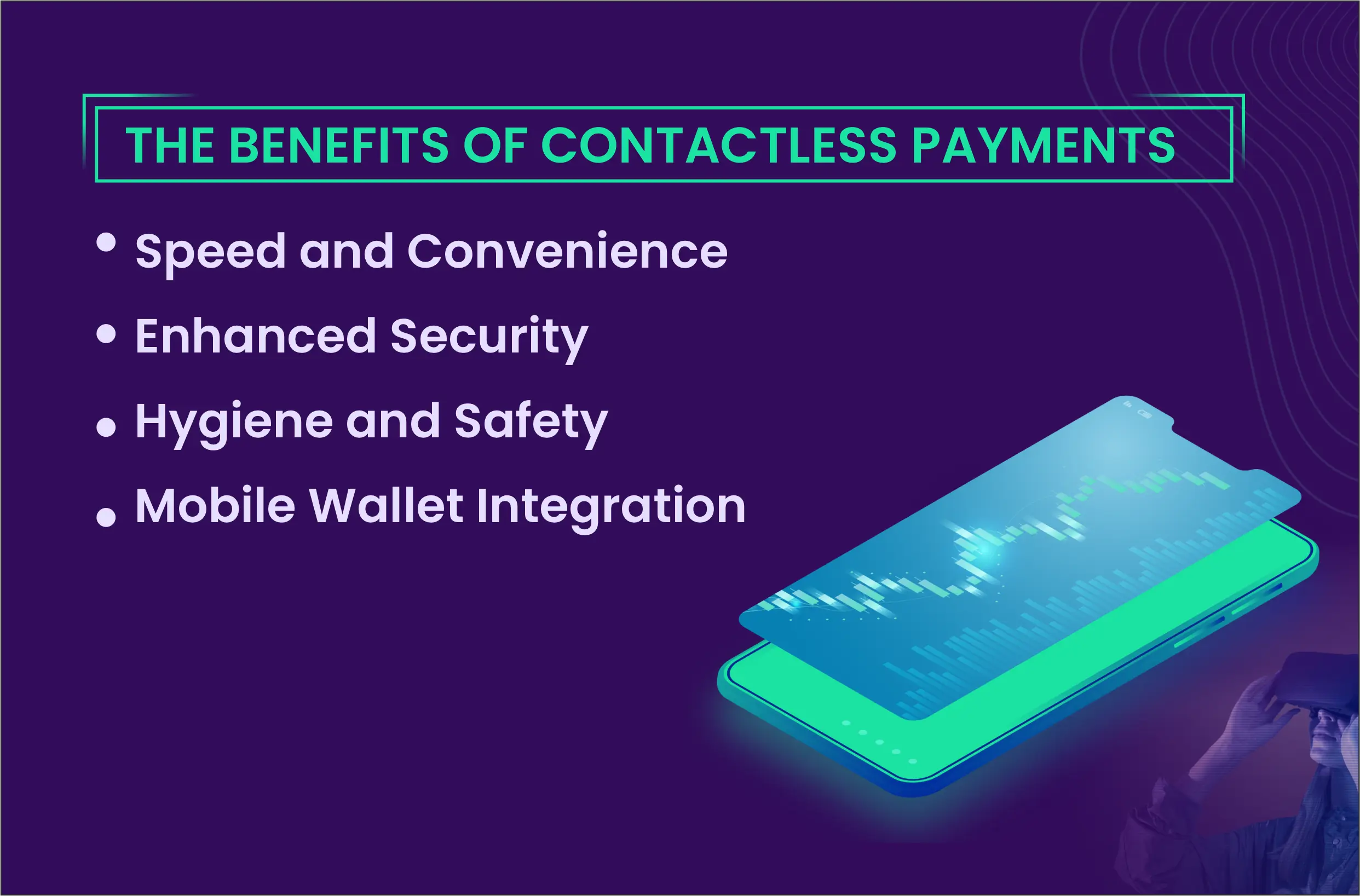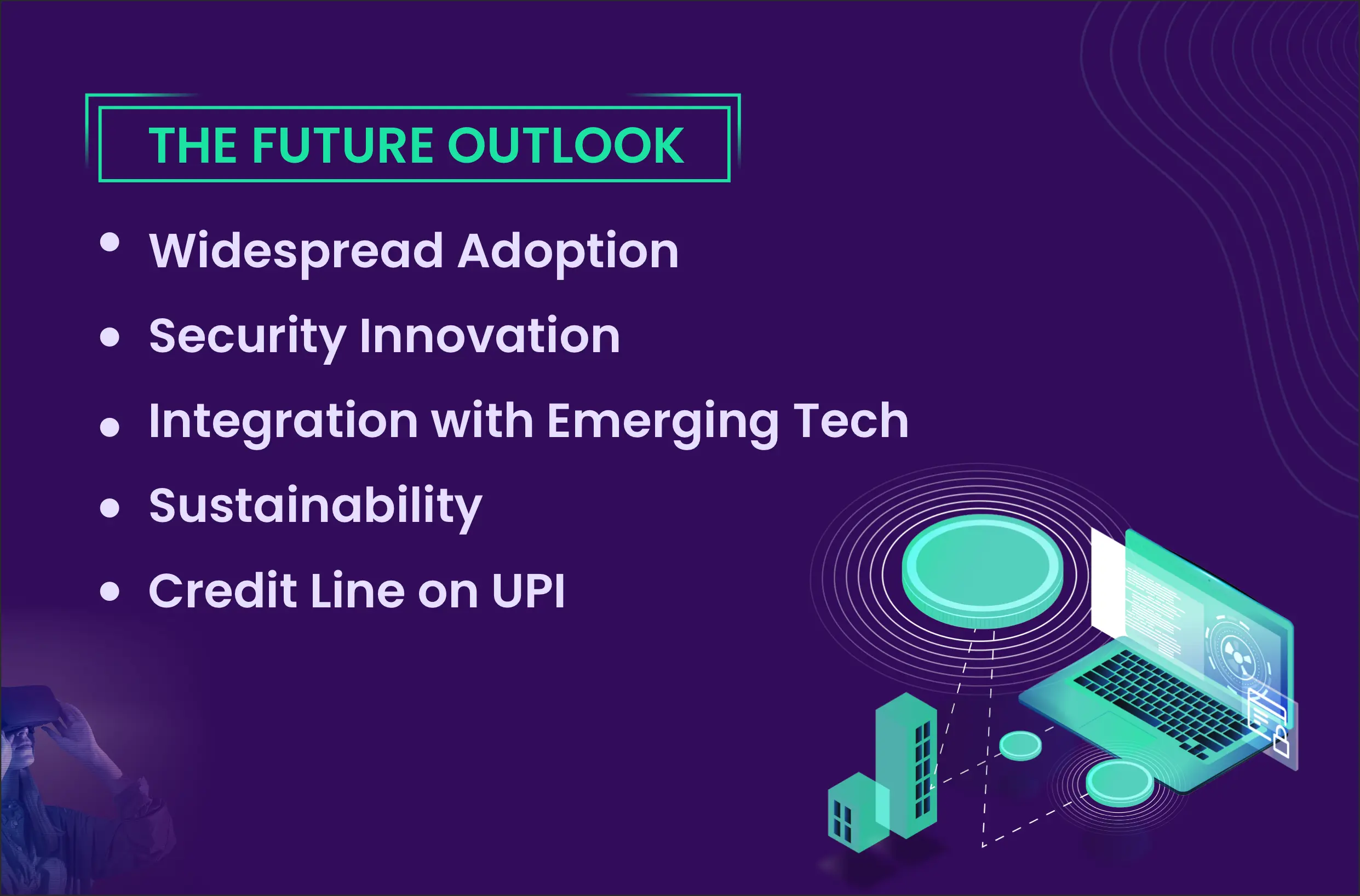
Subscribe to receive the latest blog posts to your inbox every week.
By subscribing you agree to with our Privacy Policy.
As India advances in its digital transformation journey, the payments landscape is rapidly evolving. Over the past decade, driven by smartphones and government initiatives like Digital India, the financial ecosystem has seen significant shifts. One of the most notable changes is the increasing adoption of contactless payments, especially in credit card transactions. Unified Payments Interface (UPI), mobile wallets, and contactless payments are at the forefront of this revolution.
Contactless payment methods such as tapping cards at POS terminals (up to ₹5000), National Common Mobility Cards (NCMC) for transit, and mobile wallets like Google Pay and Apple Pay have made transactions faster and more convenient. Globally, this trend is gaining traction across sectors like retail and public transport, further enhancing the payment experience.

Adoption in India
In cities like Mumbai, Delhi, and Bengaluru, contactless payments are gaining momentum, with retailers and public transportation adopting NFC-enabled terminals. While rural uptake is slower, government-led digital literacy and financial inclusion initiatives are helping drive adoption in underserved areas.
Safety and Security Perceptions
The Reserve Bank of India (RBI) has implemented guidelines to enhance contactless payment security, such as setting transaction limits and mandating two-factor authentication for higher amounts. Financial institutions and payment providers are actively educating consumers on encryption and tokenization to ensure their financial data is secure. Additionally, advancements like biometric authentication and dynamic CVV codes further bolster the security of these transactions.

Contactless payments are set to shape the future of credit card transactions in India. Their advantages—speed, convenience, and security—are well-suited to the needs of modern consumers. As the digital payments ecosystem evolves, embracing contactless methods will contribute to a safer and more efficient financial landscape, making the future of credit card transactions both seamless and secure.
To know more about our offerings connect with our experts




Sales: sales@card91.io
HR: careers@card91.io
Media: comms@card91.io
Support: support@card91.io